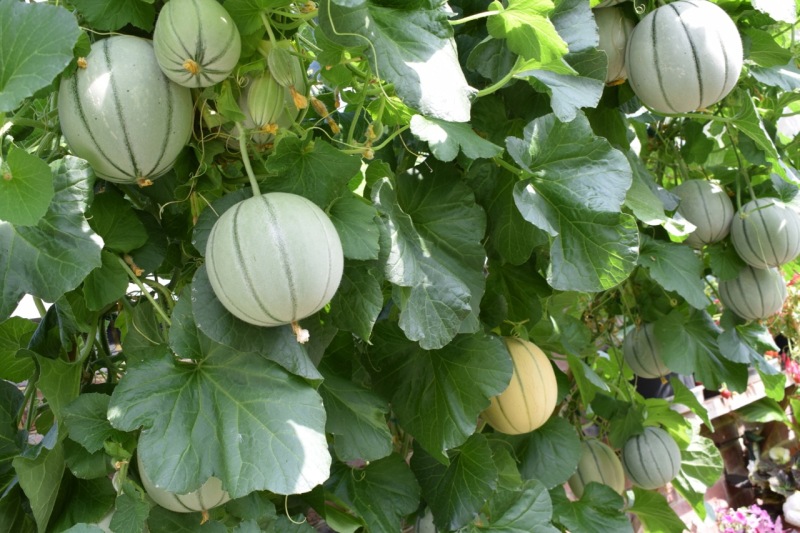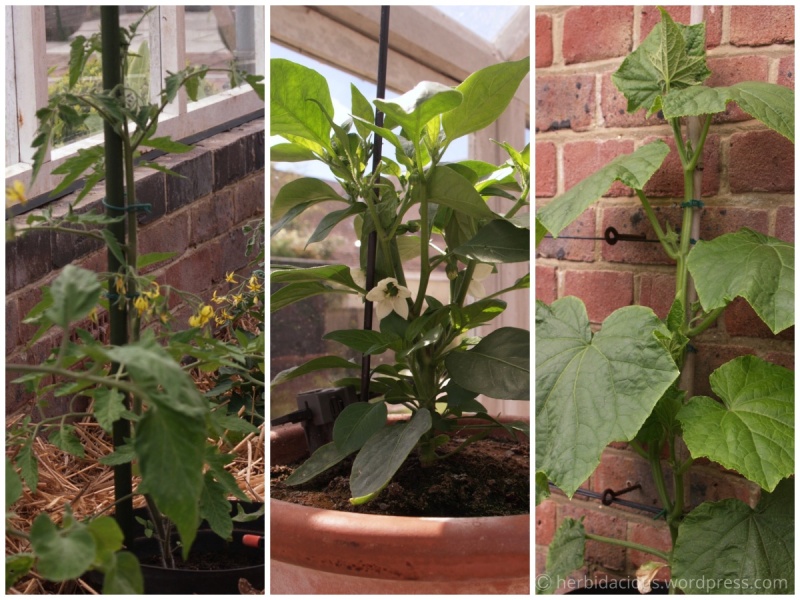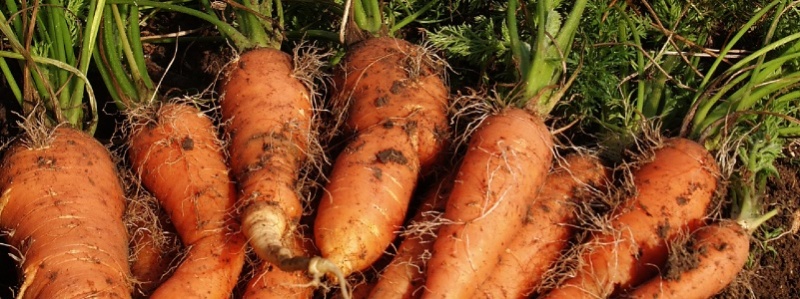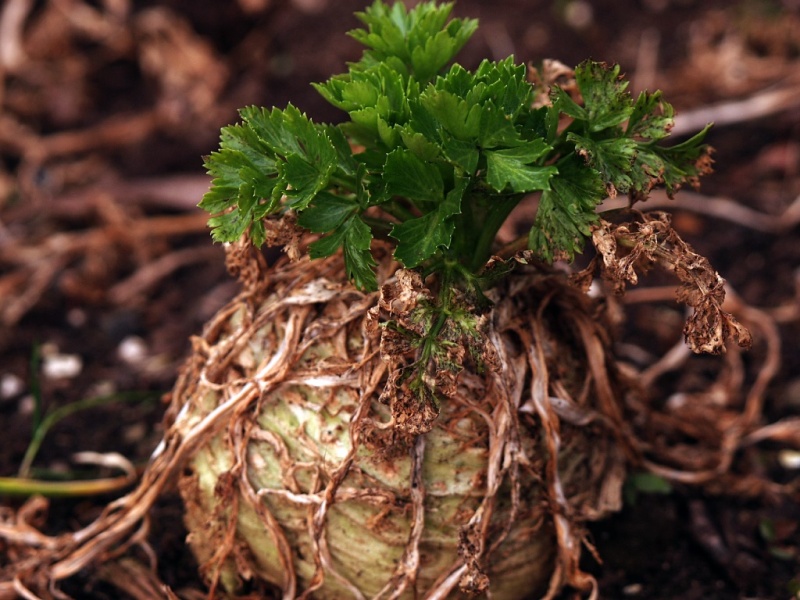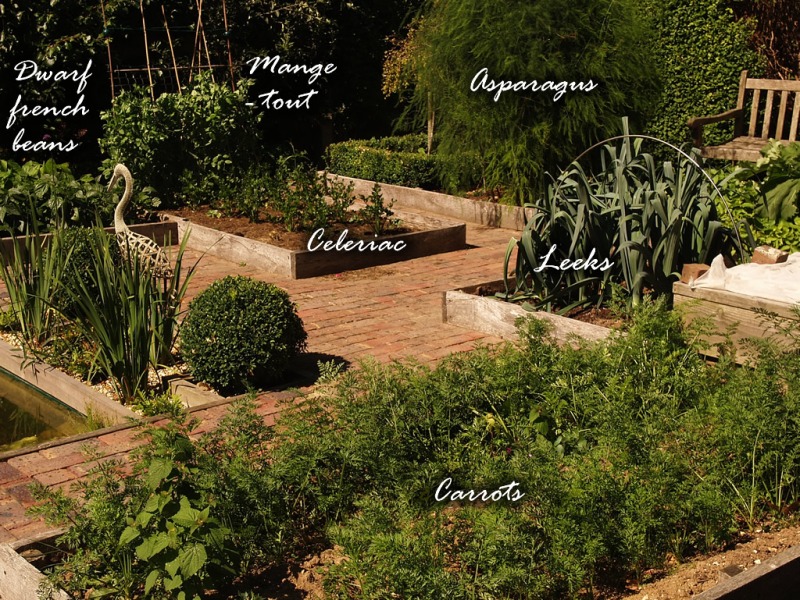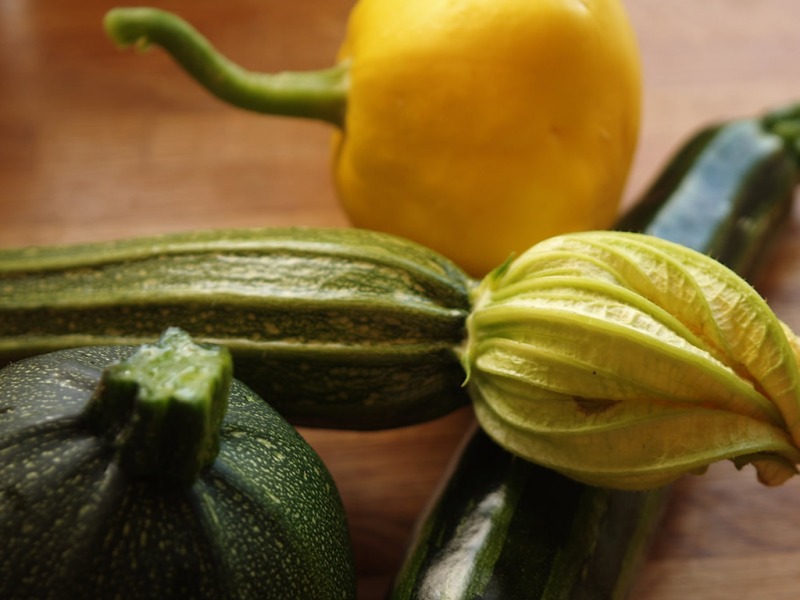Here’s how I grew 30 Charentais melons in a narrow greenhouse bed just 5 ft long and 1 ft deep.
Charentais are a fragrant variety of cantaloupe or musk melon, bred in France in the 1920s. Typically they are more difficult to grow than standard cantaloupes and rarely succeed outdoors in UK climates. Their short shelf life makes them expensive in the supermarkets and the narrow window for picking them at their best means you are always at risk of getting a dud when shop buying. Home-growing these exotic fruit can, therefore, be a very rewarding challenge. But if you have a greenhouse I’ll let you into a secret or two… Continue reading

